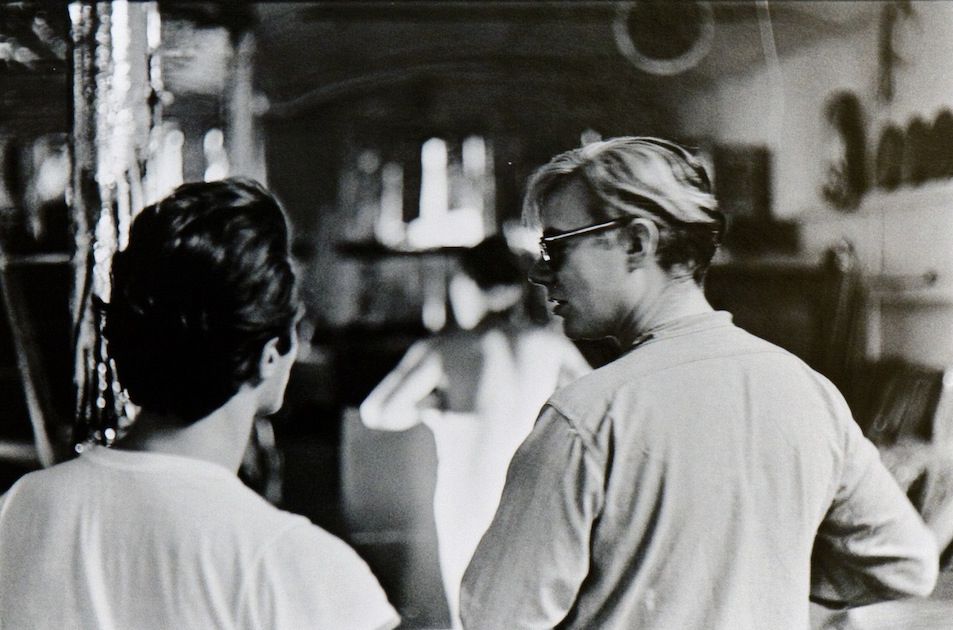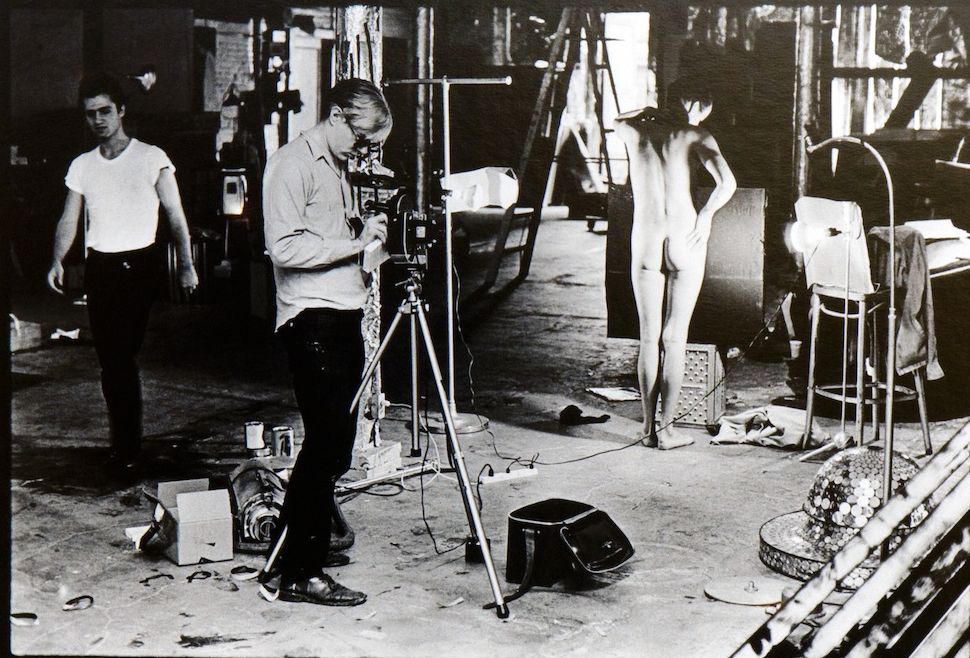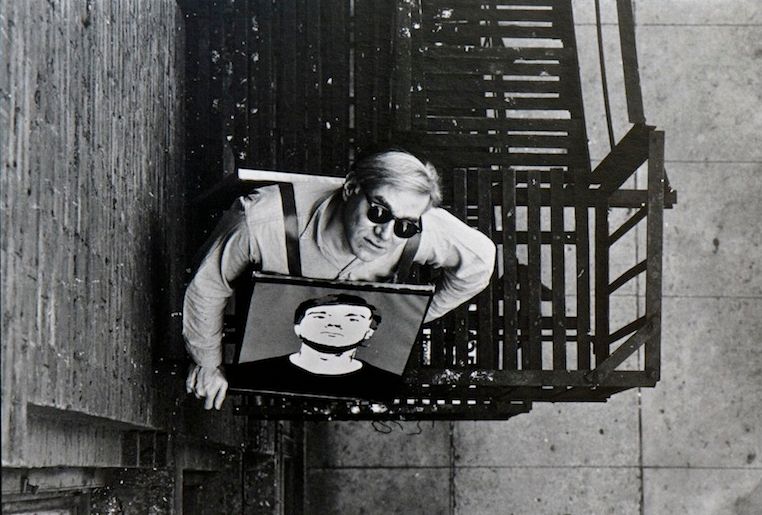
Andy Warhol’s Brain: Creative Intelligence For Survival is the latest book by Dr Phillip Romero, and it examines the creative drive of the most famous artist of modern history. Taking Warhol as its central axis, the esteemed New York psychiatrist presents an update of his thesis on ‘creative intelligence’, which makes the case for personal enlightenment and harnessing one’s creativity as the antidote to chronic stress, and the various medical and psychological conditions it can so often act as a precursor to. Romero defines ‘creative intelligence’ as the effortful attention of the individual mind to change oneself, evolve social systems, and sustain the environment to improve the quality of human life. The book is an effort to integrate the life and art of Andy Warhol – whom he considers to represent the zenith of creative intelligence – with the brain-mind/art-culture system that Romero believes informs the evolution of human civilisation. In this way, the doctor brilliantly outlines the struggle that exists between creative intelligence and adversity that exists in every singe one of us. As such, Romero employs Warhol’s life as a mirror to inspire each of us to reinvent ourselves in response to the challenging times we live in. In this interview with House Collective Journal, Romero outlines the tools he believes are required for radical reinvention, and explains the importance of engaging the daydreaming mind alongside images of the artist in the nascent stages of his career by the late William John Kennedy, courtesy of The Warhol Kennedy Residence.
The phrase ‘creative daydreaming’ occurs a lot in your book – can you explain that concept to us …
In Andy Warhol’s Brain I talk a lot about creative daydreaming, because it is kind of the antidote to chronic stress. But you have to train your brain in order to get into the daydreaming state, and focus on retrieving new ideas. Andy was really incredible at that, and is really the ultimate example of how daydreaming is about manifesting reality. I train daydreaming as a key process of re-imagination of self, and this is a lifelong experience – you need to daydream for the rest of your life. I always say to my patients to take some time out, re-imagine who you are today, and how you'd like to be a little different tomorrow. Then reinvent yourself and reconnect – take the new me out into the world. It’s really about using daydreaming to reframe your identity into ‘I’m not a victim’ and then responding differently to stressors, and reimagining who you want to be.

Do you believe Andy to be the ultimate exemplar of creative intelligence?
Absolutely. Andy is the absolute zenith in terms of reimagining the self. He was constantly reinventing himself. He harnessed one of the greatest talents and creative impulses that we have as a species and brought himself out of the huge adversity that he faced as a child. He manifested the identity of 'The Warhol' that the world came to know. That ability of manifestation is a mindfully based skill, and a skill that can be learned. It begins with little micro neuroplasticity-producing habits and patterns that are the result of what I would call effortful training of attention. If you think of your mind and your attention as a flashlight, then it's mainly pointed out at what you're doing, so you have highlighted the spotlight and everything else is fuzzy. But what you need to do is turn the light in on yourself and, first of all, bring your attention very simply to your breathing. At first, your thought train will distract you – lunch, sex, money, whatever passes through – but you must just breathe, breathe, breathe … You don't follow those thoughts. You don't need much more than that to really increase your ability to control your attention, which means when you get a stress trigger, you calm down.

How can one employ creative intelligence to find better balance in life?
I teach my patients, in the very beginning, to think of their body as a child. Its job is to feel, and it really doesn't grow up. It's kind of a child forever – it gets hurt, it cries, it needs to eat and sleep and poop, and all that stuff. Whereas your mind can gradually develop the parental sense, so, in a sense, the mind is what I call the mother. And when you train your mind to be a good mother to your body, the integration of what I call mind body logos soma begins to happen. And once you have developed a secure attachment with your body, you're a better mom or dad to yourself than you had as a child – you can love your body, and be kind to it, and discipline it, and all these various things that lead to less stress, more security, and more creativity. Without that awareness, there is no parent for the body – there's just an ego chasing more, more, more. And that makes for a miserable life, and is why people burn out and become addicts.

We are addicted to all sorts of things, not least consumer culture – how can we overcome our attachment to things are not good for us?
Addiction is really a form of co-dependence. Those are the circuits in the brain of denial – runaway, blame others, and so on. That's the victim script, and it's born of chronic stress. And that stress comes from the core of human suffering: attachment. Buddha said life is suffering, and the reason is the fear of the loss of attachment to people, places, and things. He diagnosed the human condition and the cause thousands of years ago. It's really all about attachment. The most important aspect to overcome being caught in this kind of suffering is mindfulness practice, and the integration of mind and body. If you practice, you'll get better and better at it until all those distinctions begin to dissolve, and you'll simply feel more authentic and whole. You'll be able to love and give better than you ever have. You won't be craving and needing more, and blaming, and be a victim – you will be an integrated authentic self.
Images by John William Kennedy courtesy of The Warhol Kennedy Residence
Find out more about the book Andy Warhol’s Brain: Creative Intelligence For Survival here
Find out more about The Warhol Kennedy Residence here.